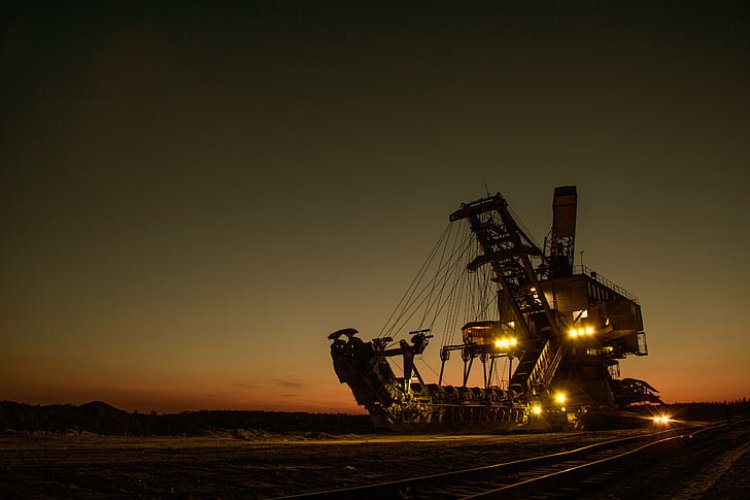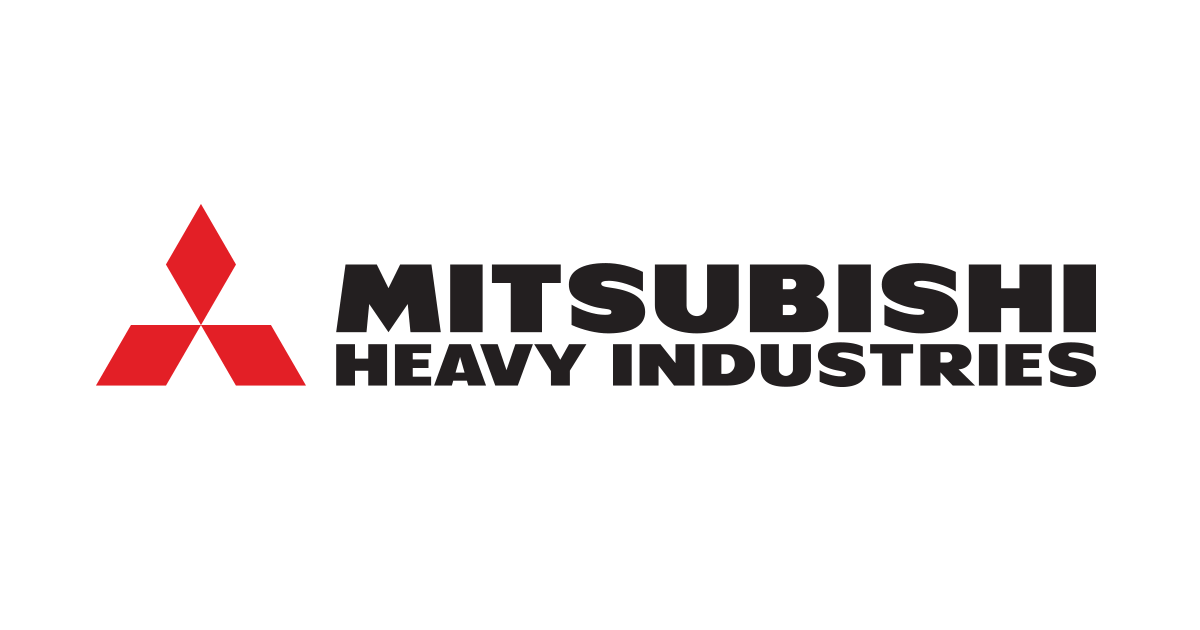The Future of Construction: Exploring the Rise of Pure Electric Construction Equipment
Pure Electric Construction Equipment Market Size was estimated at 20.73 (USD Billion) in 2023. The Pure Electric Construction Equipment Market Industry is expected to grow from 28.14(USD Billion) in 2024 to 324.9 (USD Billion) by 2032.

The construction equipment market is undergoing a profound transformation as the global push for sustainability intensifies. A key element in this shift is the rise of pure electric construction equipment, which stands as an environmentally friendly alternative to traditional fuel-powered machinery. Unlike hybrid models or conventional equipment, pure electric machines run solely on electricity, making them a critical piece in the quest to reduce carbon emissions and minimize the environmental impact of construction projects.
In this article, we'll explore the factors driving the growth of the pure electric construction equipment market, examine the challenges facing the industry, and consider the potential future trajectory of this rapidly expanding sector.
Growth of the Pure Electric Construction Equipment Market
In 2023, the pure electric construction equipment market was valued at $20.73 billion and is expected to surge to $28.14 billion by 2024. By 2032, it’s projected to reach an impressive $324.9 billion, with a robust compound annual growth rate (CAGR) of 35.77% from 2025 to 2032. This rapid expansion is being fueled by several market drivers.
Key Market Drivers
1. Regulatory Pressure and Environmental Concerns
Governments worldwide are taking increasingly aggressive steps to curb emissions from industrial operations. The construction industry, notorious for its heavy fuel consumption, is now facing stricter regulations, particularly in urban areas where noise and air pollution are under scrutiny.
Electric construction equipment, which produces no direct emissions and operates much more quietly than diesel-powered machines, is becoming a preferred choice for meeting these new regulatory requirements. In regions like Europe, where policies such as the European Green Deal aim to achieve climate neutrality by 2050, and in states like California with zero-emissions mandates, the demand for electric construction machinery is on the rise.
2. Corporate Sustainability Initiatives
Beyond regulatory mandates, there’s a growing movement within the construction industry to embrace sustainability. Many large construction companies are integrating environmental goals into their corporate social responsibility (CSR) initiatives, committing to reduce their carbon footprints. A significant part of this effort includes transitioning from traditional diesel-powered fleets to electric alternatives.
Industry giants like Volvo Construction Equipment, Caterpillar, and Komatsu have already introduced electric versions of their machinery, showcasing the construction sector's commitment to sustainable practices.
3. Technological Advancements
Advances in electric technology, particularly in battery efficiency, charging infrastructure, and electric motor design, have played a pivotal role in making pure electric construction equipment more viable. Innovations in lithium-ion batteries have significantly improved energy density and cost-efficiency, narrowing the gap between electric and diesel equipment in terms of performance and operational costs.
The integration of smart technologies like the Internet of Things (IoT) further boosts the appeal of electric construction equipment by enabling better fleet management, predictive maintenance, and energy optimization.
Market Segmentation
1. By Equipment Type
Pure electric construction equipment is categorized into several types, each serving specific functions:
- Excavators: Popular in urban areas with stringent air quality regulations.
- Loaders: Often used in eco-sensitive environments, like underground mining.
- Dump Trucks: Highly energy-efficient electric alternatives are gaining traction.
- Bulldozers, Cranes, and Concrete Mixers: Electric versions of these machines are expected to gain momentum as technology evolves.
2. By Application
- Residential Construction: Demand for electric equipment is growing in urban and suburban projects to reduce noise and emissions.
- Infrastructure Development: Governments investing in sustainable infrastructure present significant opportunities for electric machinery adoption.
- Mining and Quarrying: As sustainability becomes a focus in the mining sector, electric equipment is set to play a key role.
Leading Companies in the Market
Several prominent companies are driving innovation in the electric construction equipment space, including:
- Hyundai Construction Equipment
- John Deere Construction & Forestry
- XCMG
- Komatsu
- Volvo Construction Equipment
- Caterpillar
- Doosan Bobcat
- Hitachi Construction Machinery
Market Challenges
Despite the strong growth prospects, there are notable challenges in the adoption of pure electric construction equipment.
1. High Initial Costs
Electric construction equipment typically comes with a higher upfront price compared to its diesel counterparts. While operational costs are lower—thanks to reduced fuel consumption and less maintenance—the initial investment can be a barrier, particularly for smaller construction firms.
2. Limited Battery Life and Range
Battery life remains a significant concern, especially for heavy-duty equipment requiring long operational hours. Although battery technology continues to improve, range anxiety persists, particularly in remote locations where recharging infrastructure may be lacking.
3. Charging Infrastructure
Charging infrastructure poses another hurdle. While urban areas may have access to the necessary electric grids, rural and off-grid construction sites often face challenges. To accelerate adoption, the development of fast-charging stations tailored for construction sites will be essential.
Future Outlook
The pure electric construction equipment market is poised for explosive growth, driven by environmental regulations, corporate sustainability goals, and technological advancements. However, addressing the challenges of high initial costs, limited battery life, and charging infrastructure will be key to unlocking the full potential of this market.
As governments, corporations, and consumers continue to prioritize sustainability, pure electric construction equipment is set to become a staple in the construction industry, paving the way for a greener and more efficient future.

 machineryasia
machineryasia 


![[Job Story] Bobcat Fleet Constructing Italy’s Largest Agro-Photovoltaic Plants](https://www.heavyquipmag.com/wp-content/uploads/2025/12/bobcat-italy.jpg)



